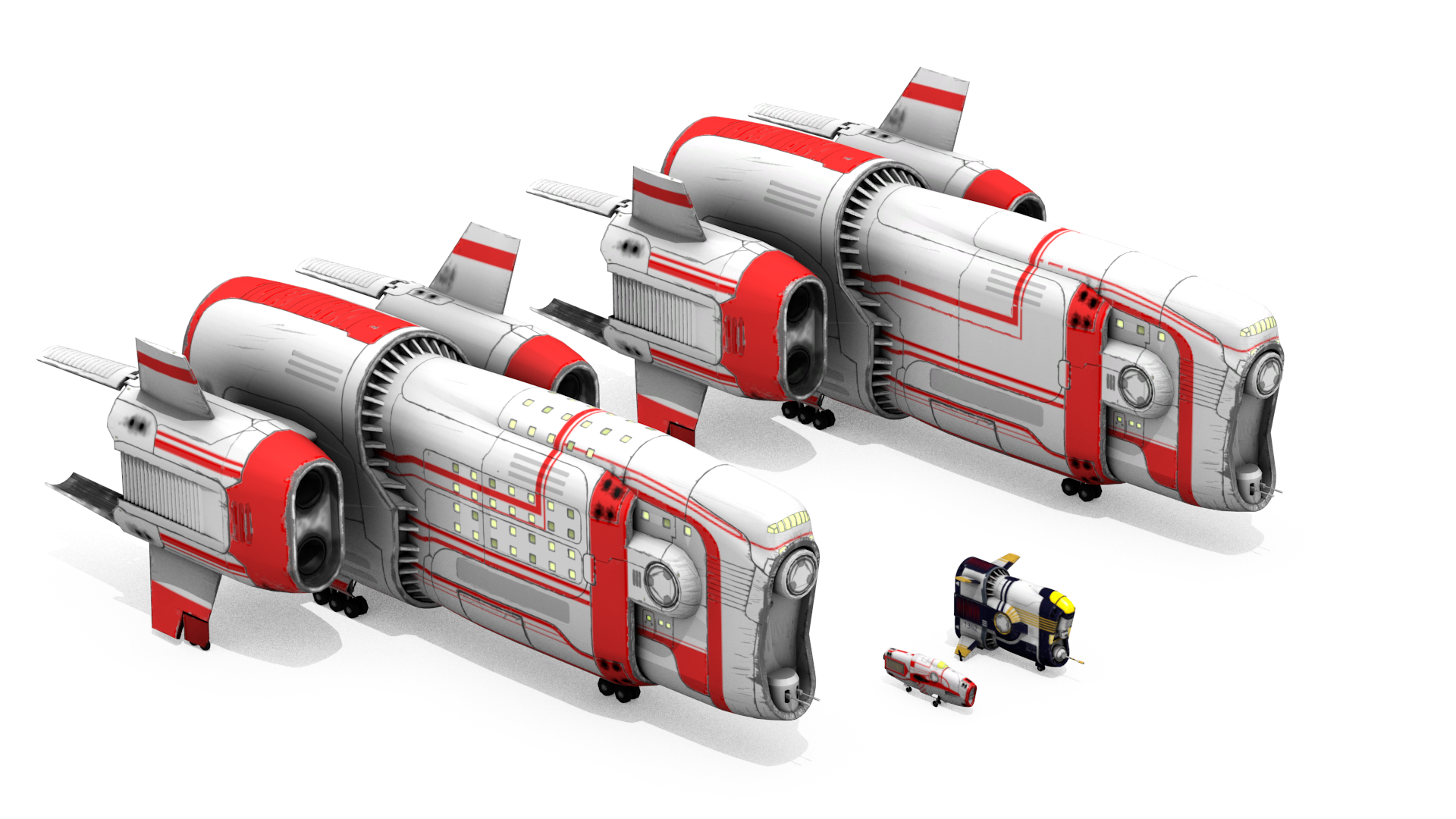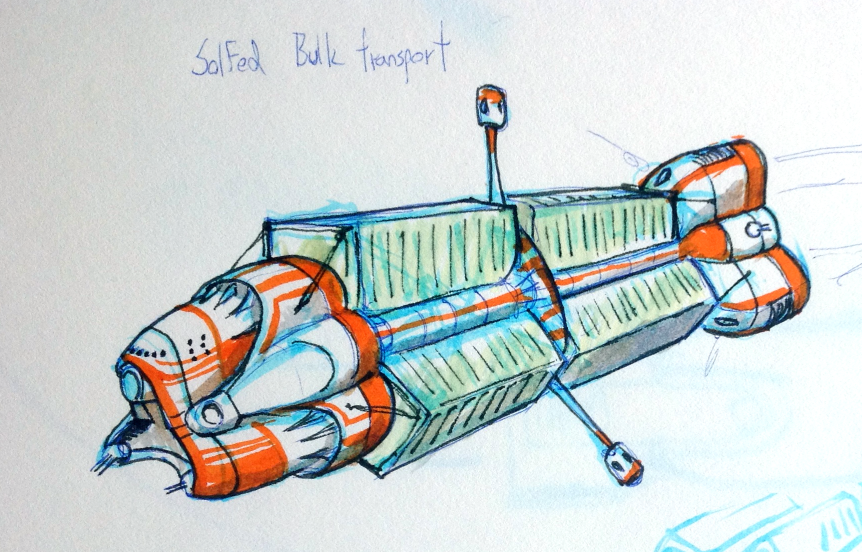Difference between revisions of "Mandarava-Csepel Shipworks - design"
m (Nozmajner moved page Mandarava-Csepel Shipworks - desing to Mandarava-Csepel Shipworks - design: Typo desing --> design) |
|
(No difference)
| |
Revision as of 13:11, 8 March 2015
Contents
[hide]Background
One of the major ship manufacturers of the Solar Federation, closely related with the government. It's known for it's quality and sophisticated high performance vessels. They are direct competitors of the CIW's OKB Kaluri but they concentrate more on performance then dependability. Their vessels dimensions are more pronounced vertically and they are typically rounded with some abruptness. A very proud and pretentious company, much like it's faction, the Solar Federation. The competition with OKB Kaluri results in some shared design features between them. This is mostly due to industrial espionage rather then willful cooperation. Most of the this seems more like maintaining a long tradition of sports between them, then the actual need for new technologies.
General style
Typical MCs ships are more pronounced vertically, then horizontally (length - height - width), and their forms are mostly made up of somewhat muted curves and half-circular cross-sections. Curves and silhouette are often braked with abruptness, but not too big changes in girth and height.
Curvature is less emphasized on simpler workhorse crafts, but could become intricate flowing designs on ships built with more sense for looks.
Typical MCs feature is the recessed nose and/or tail section, which can be seen on the Malabar or the Kanara for example. This kind of structure also turns up where sections of the ship meet, where additional reinforcements are also visible, in a rhythmical manner.
Cockpit windows on small ships are usually quite bubbly with wide visibility. This is not true to combat vehicles though, which have their cockpit inside the ship to offer as much protection to the pilot as possible, and rely solely on sensors for visuals. Larger ships sport sectioned, slightly recessed windshields. Portholes and windows are usually recessed a bit.
Engines have bell nozzles, but these bells aren't much visible on most MCs ships, because they are recessed in the hull/nacelle, and surrounded with a heat management aparatus (which is usually not visible from the outside.). Heat radiators are slightly recessed into the hull around the engines, and sometimes they are complemented with additional heat sinks on adjustable fins. Engines are not very heat efficient compared to other manufacturers, which means more radiators, especially on high performance engines. RCS thrusters are fully recessed into the hull. Sometimes they are installed in pairs or trios, depending on needed performance and reliability. Undercarriage are wheeled most of the time, especially in civilian ships. Combat ships sport clamp legs that can attach itself on another ship's surface.
Mandarava-Csepel ship names
Ship Briefs
Maharashatra Bulk Freighter
Relatively small (compared to typical bulk ships) cargo transport ship, that lacks the comfort and maintenance nightmare of a spinning section for gravity. Not a recent model, but a tried and proven one, even if it's popularity is declining due to it's lack of flexibility.
It has a decent deltaV capacity, but smaller capacity for a bulk freighter. It is unable to land and lacks atmospheric reentry capabilities. It's relatively maneuverable for a bulk ship due to it's smaller size, but even then it's sluggish. Notes:
- The main visual feature is the trilateral symmetry along it's main axis.
- The containers should be divided up to some standard shipping container size to enhance the sense of it's scale. 3x3x2 seems reasonable.
- Cockpit is similar older airplane-like, quite like the Malabar's
- RCS booms in the middle should be rotated 60° because the retro engines are hitting them right now.

